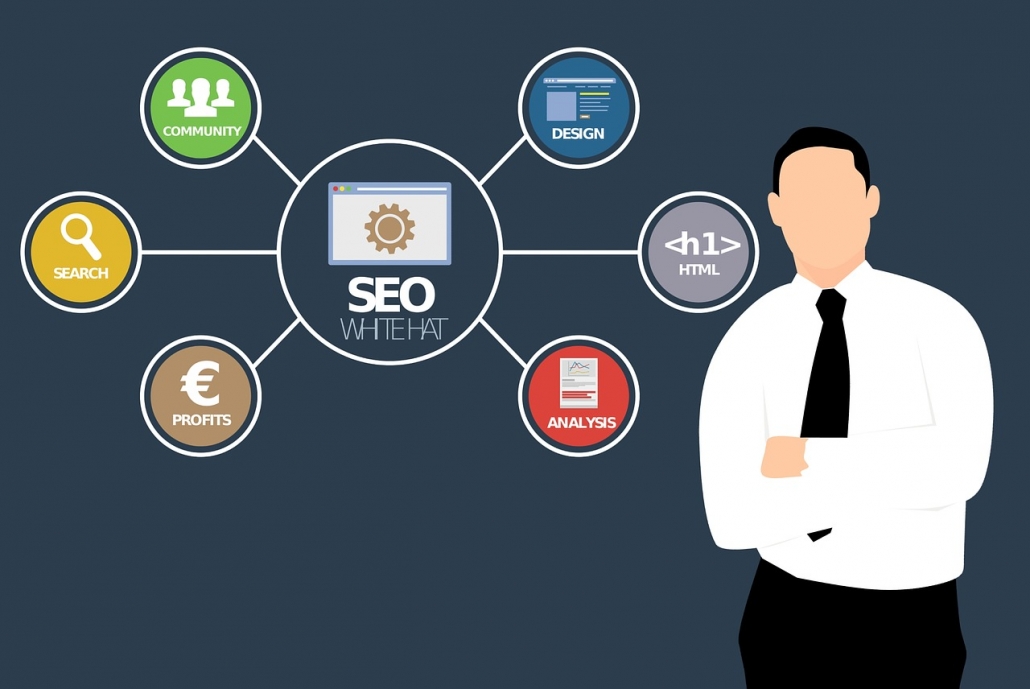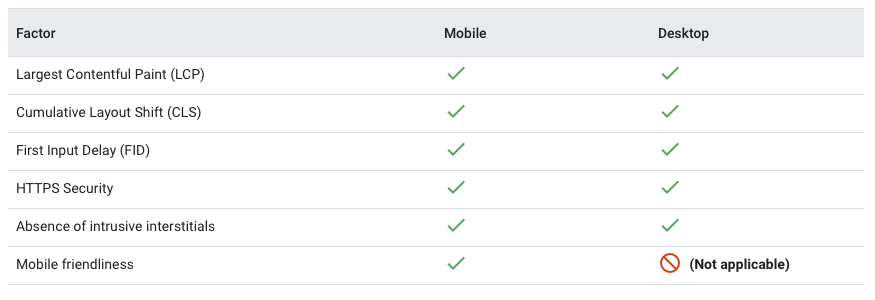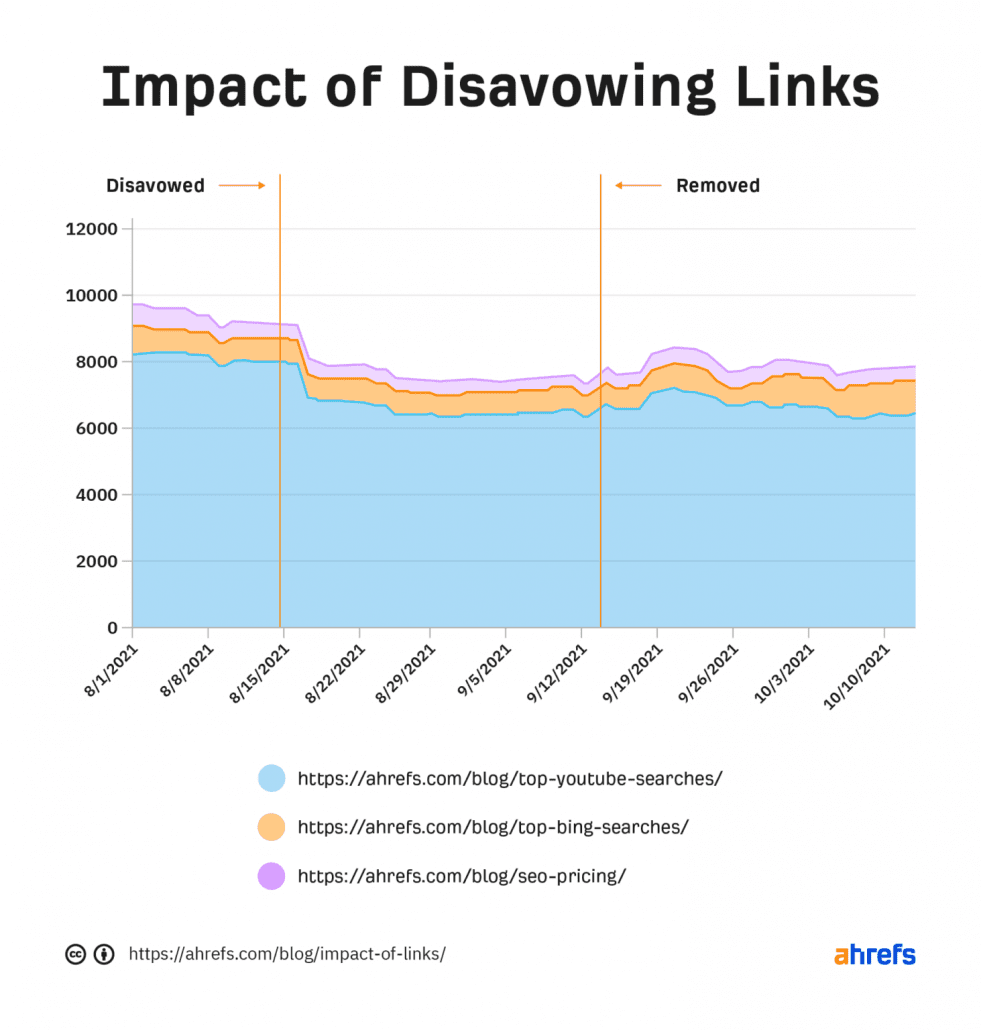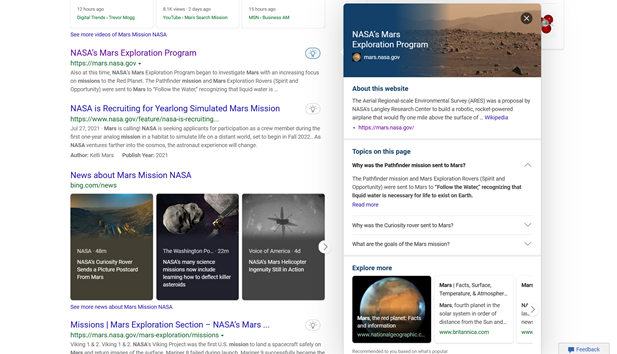If you’re a business owner or operator, you’ve probably been told 100 times by 100 different people that you just HAVE to invest in Search Engine Optimization. Unfortunately, you’ve also likely never really heard why SEO is so important beyond broad mentions of “being found online” or that “everyone uses Google.”
Marketers and salespeople have a bad habit of talking about the power and benefits of optimization without explaining what sets it apart from other types of online marketing, how it impacts your ability to reach new markets, and why many SEO packages don’t cut it.
So today, I wanted to do just that.
What Is Search Engine Optimization
Before we can talk about what makes SEO special, we have to talk a bit about what it is.
In the simplest terms, search engine optimization is the name for a wide range of strategies and techniques used to increase your visibility on search engines.
In the past, this could be boiled down to the phrase “making your website the top result on Google searches.” These days, search engines are much more complex and what might be the top result for one user might be completely different for another.
As such, SEO has evolved to focus more on overall visibility across Google’s many systems with the goal of attracting as many potential customers as possible to your site.
How SEO Works

For our purposes today, we aren’t going to go very in-depth discussing the numerous strategies or techniques used in SEO. Otherwise, we’d be here all day.
What matters for this discussion is understanding that these methods affect how Google sees and ranks your site.
While some strategies are dedicated to helping Google understand the content that is on your site, others are intended to boost the overall value of your site. Combined, these approaches help ensure Google picks your site for relevant searches and gives you the best chance to attract website traffic.
Why SEO Is Essential in 2022
Google Is The Most Visited Site In The World
Marketers always like to say “everyone uses Google” to emphasize the importance of SEO (and they aren’t necessarily wrong), but what does that really mean?
It means that Google is a massive part of daily life for practically everyone around the globe, and can massively influence what information we see, who we do business with, and what products people buy.
To give you an idea of how much influence Google has compared to any other site online, the search engine sees more than 3x the traffic that the second most popular website – YouTube (which is also owned by Google.)
The most popular site in the world NOT owned by Google – Facebook – sees less than a quarter of the traffic seen by Google.com.
No matter how you try to spin it, Google acts as the central hub to the internet for the vast majority of people out there. If you don’t play by their rules, you risk being disconnected from this hub and any potential traffic you might get.
Organic Search is Still The Main Driver of Traffic
When considering where to invest their marketing budget, many businesses find themselves asking the same question: “Why should I spend money on SEO, which is complicated and not guaranteed to pay off, when I could instead run ads that are guaranteed to appear above those search results?”
Organic search results get underestimated because ranking highly is rarely a sure thing – even for the biggest companies. Meanwhile, paid search ads are built around driving results without uncertainty.
Despite this, there is actually a very simple reason you should invest in organic search optimization.
Organic search results drive more than twice the traffic compared to the next leading traffic source. Compared to paid ads, organic search results drive more than 5x the traffic to websites.
At the end of the day, the majority of search results still result in a user clicking an organic link from regular search results. So while it may seem riskier, investing in search engine optimization has the chance for much larger rewards.
Better SEO Means Better User Experience
Every brand wants its website to provide the best user experience possible. A positive user experience increases the likelihood of driving conversions, while negative user experiences can sour people on your company entirely.
So, it should come as good news that the majority of SEO practices are intended to improve user experience in a variety of ways including speeding up your site, making it easier to use, and improving accessibility.
By ensuring you are optimized for search engines, you are also investing in improving your site for the real potential customers who will soon be visiting.
SEO Is a Process That Is Always Changing
Companies looking to save some cash on SEO will have an easy time finding dozens of cheap SEO packages across the web. The problems with the packages are numerous, but the biggest red flag is the assumption that SEO is something you do once.
In reality, SEO is something that needs to be done regularly to have a real impact.
When left alone, Google assumes websites are becoming outdated or irrelevant. No matter what industry you are in, there are always new products coming out, new information that can benefit your customers, and new ways to improve your site.
Additionally, Google itself is always changing. The company releases new guidelines, algorithm updates, and features for webmasters seemingly every day. Any cheap package deal is unable to take these updates into account and help your company stay ahead of the rapidly changing search results.
SEO Results Amplify With Time
Unlike almost any other form of marketing, search engine optimization is one of the few investments which tends to build on itself for greater and greater results.
As you optimize your website and create quality content to improve your search rankings, you also provide a more robust presence online. Your website becomes an even greater resource to potential customers. You start getting linked to by others in your industry. People start sharing your brand around social media.
Ads may drive immediate results, but these tend to stabilize with time. Effective search engine optimization, on the other hand, pays increasing dividends the longer you invest in it.
The role search engines play in our lives will only continue to grow as people become more connected and expect information to always be at their fingertips. For all these reasons, it is imperative that companies invest in the best optimization practices possible if they want to continue reaching prospective customers in an increasingly digital world.
Due to the long-term impact of SEO, the best time to start optimizing your website was probably months or years ago. The second best time, however, is now.






